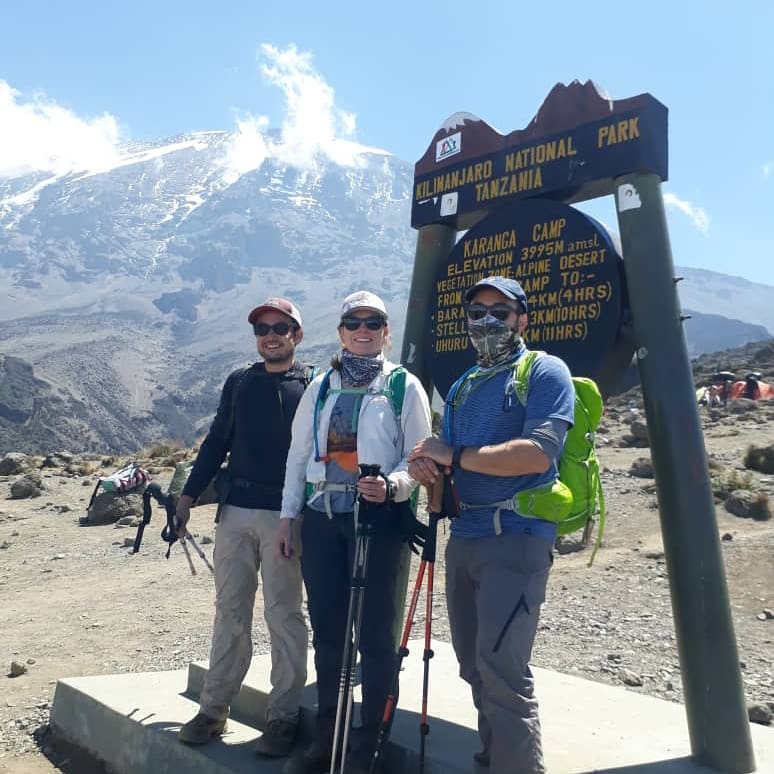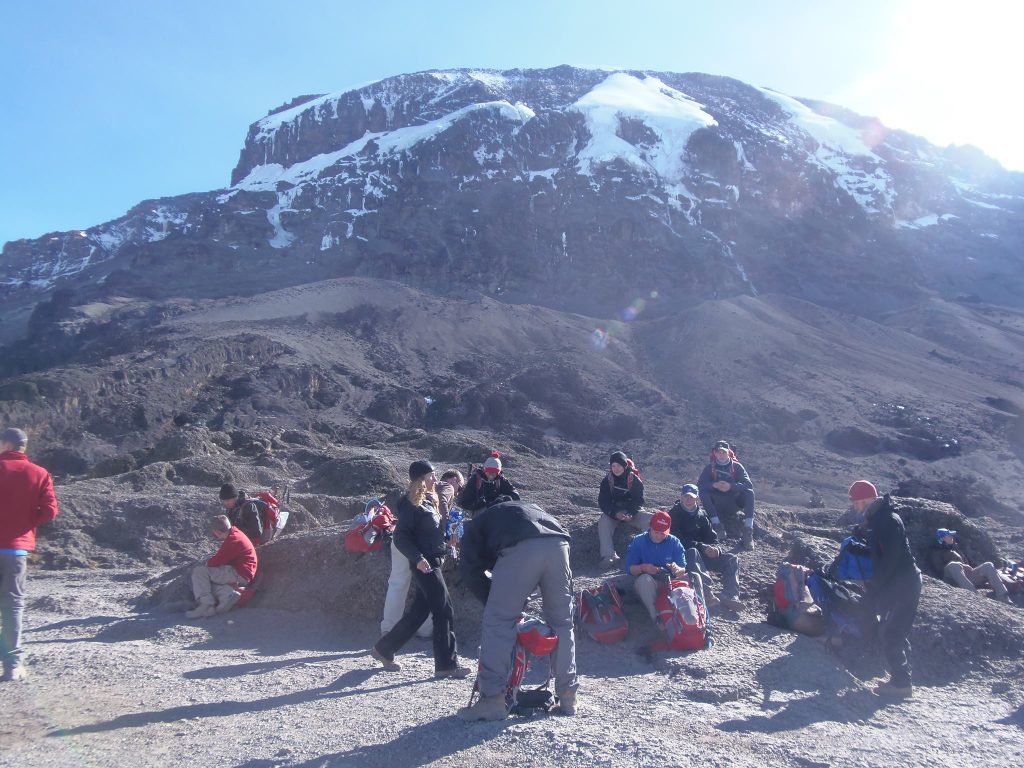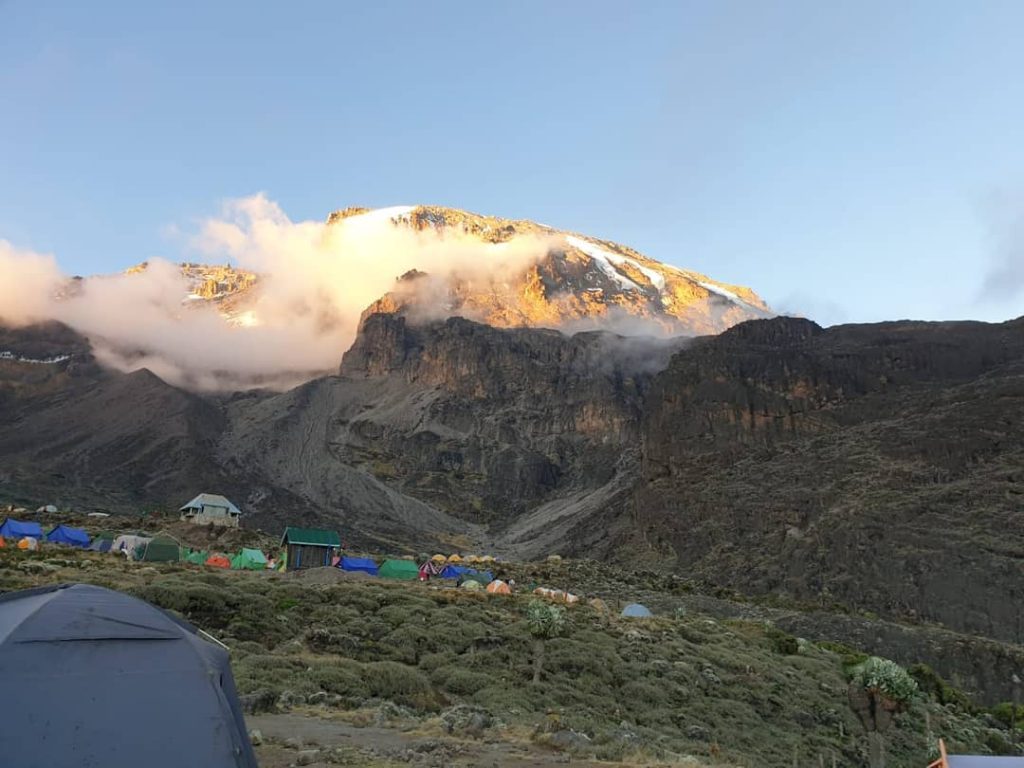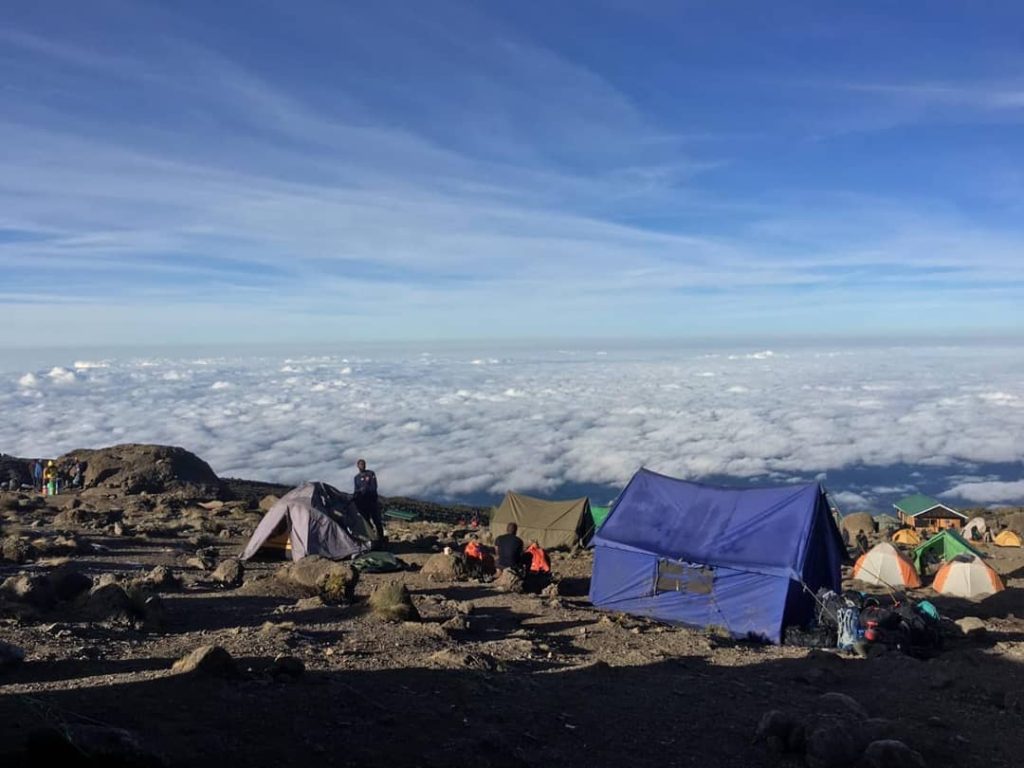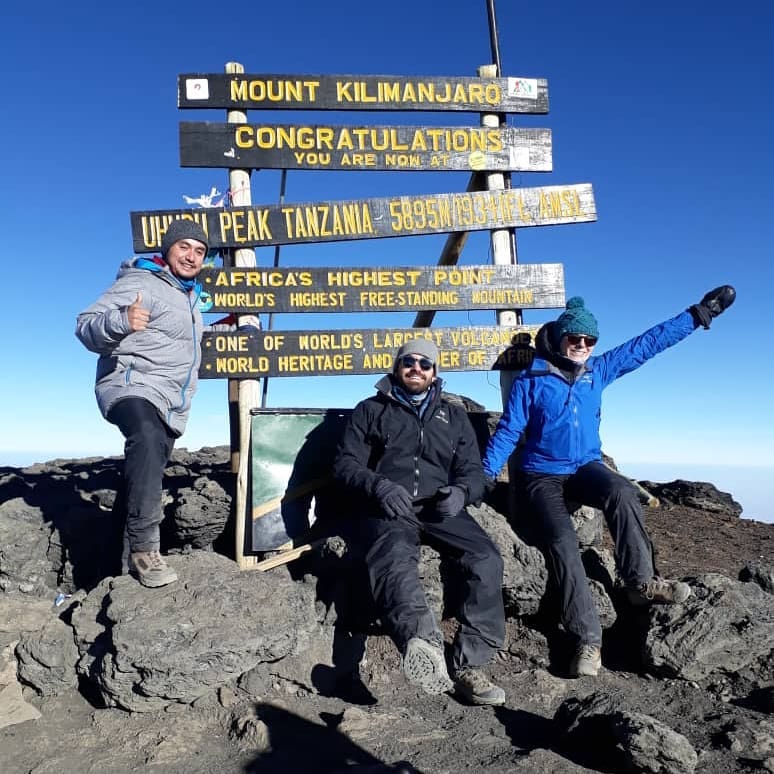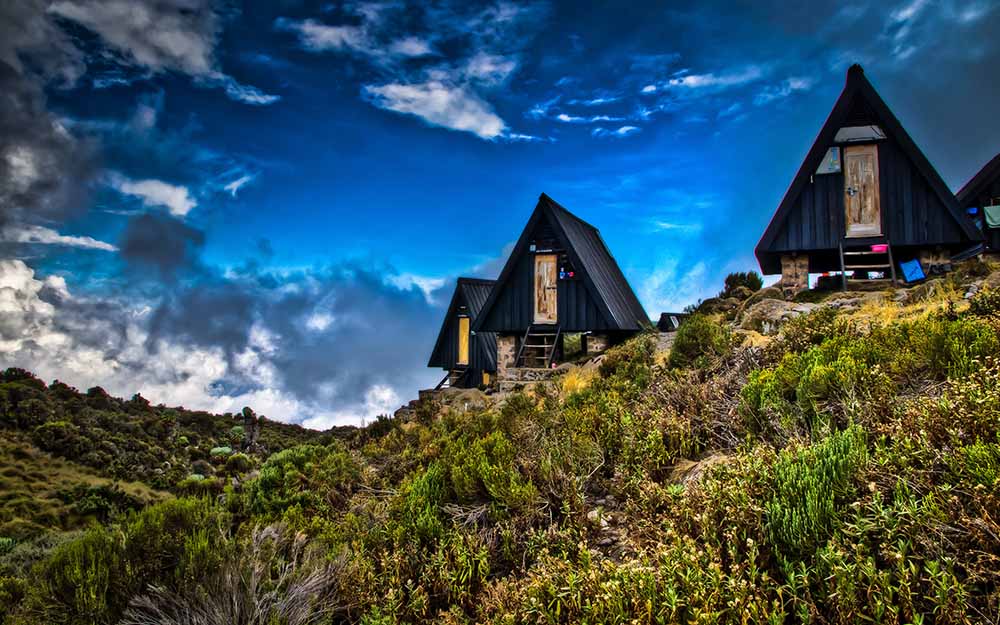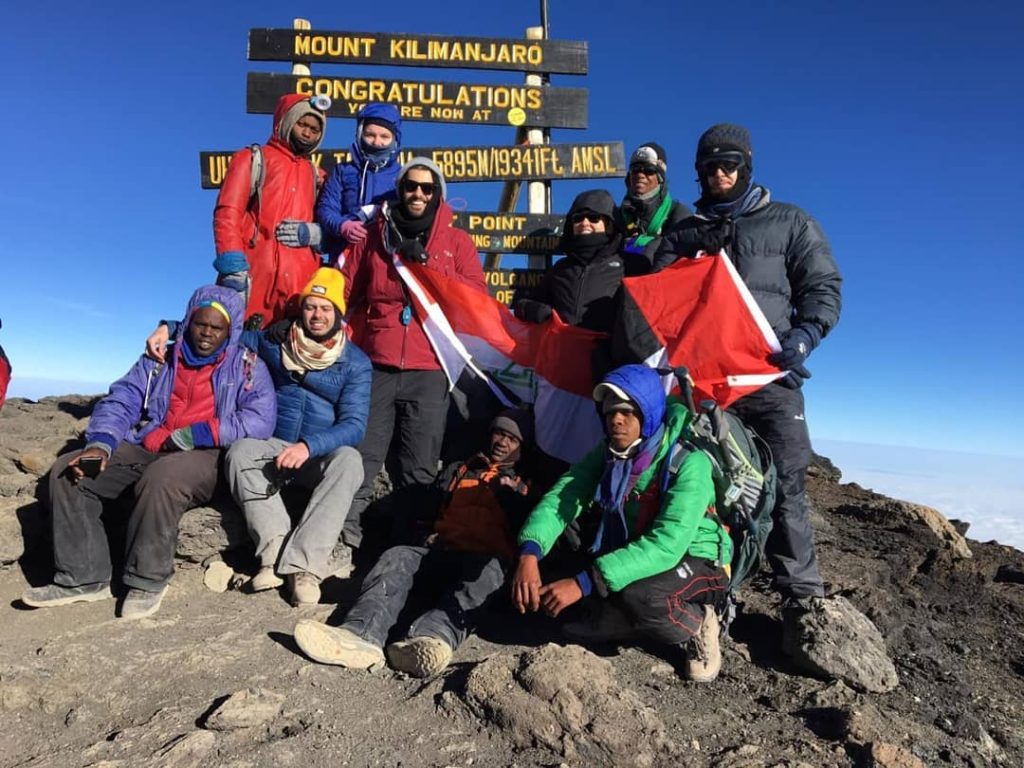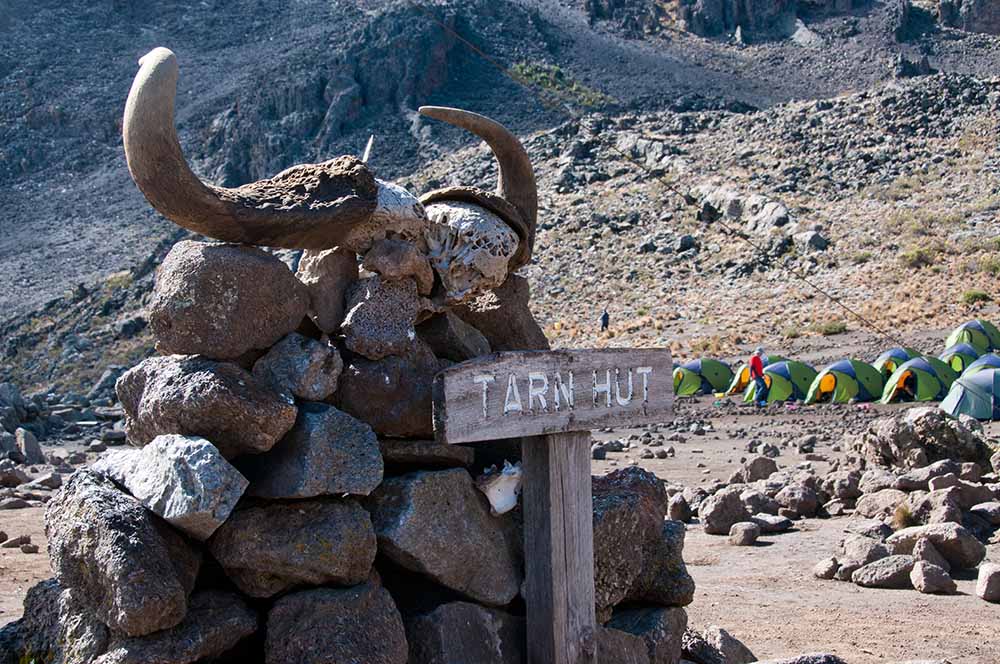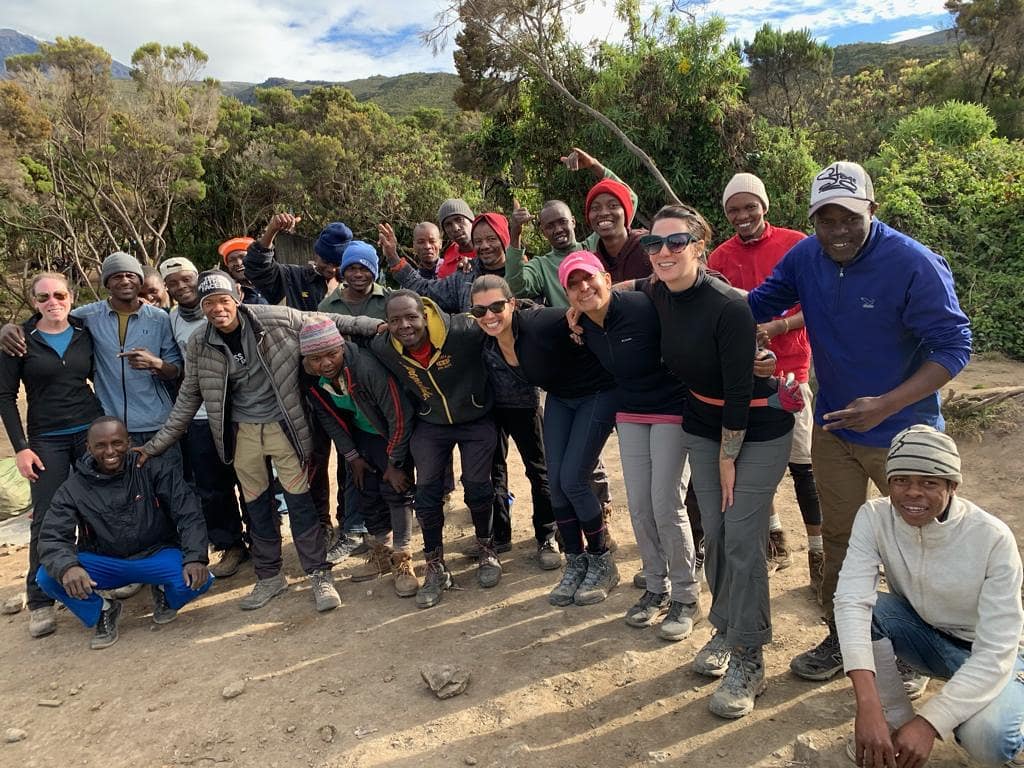Preventing Altitude Sickness when Climbing Kilimanjaro
Altitude sickness, not the lack of fitness, is the main reason why people do not successfully reach the summit of Kilimanjaro.
How you cope with altitude is a major factor determining whether you will reach the top of Kilimanjaro.
How you cope with altitude has nothing to do with random luck!
There are many things you can do to avoid the symptoms of acute mountain sickness when climbing Mt. Kilimanjaro.
Does altitude sickness strike at random?
Research on altitude sickness has shown that it affects random people regardless of age or fitness level. There has been data showing percentages of how many people develop dangerous altitude sickness symptoms art different heights and these numbers can scare you. This is how researchers get these numbers:
Scientific studies of altitude sickness are done by taking some people from sea level to a certain altitude and then measuring how they react. Yes, they react randomly, and yes, if you take someone from sea level directly to 3500 meters, then there is a good chance that they won’t feel too sprightly at the end of the day.
The difference during a Kilimanjaro climb is that hopefully, you will NOT take yourself from sea level to 3500 meters that fast.
The key to preventing altitude sickness on Kilimanjaro is taking your time.
Altitude sickness is not only a result of height it is also dependant on how fast you got there. Even though our receptiveness to extreme altitude varies and is impossible to predict, it is a fact that the body adjusts to altitude eventually. There are many things you can do before and during a climb to ensure that the chances of getting altitude sickness are low.
Choose the right route for your Kilimanjaro climb
Most people book their Kilimanjaro climb well ahead, and this is where you can make the first mistake.
There are several climb routes up Kilimanjaro, and there is a huge number of operators. A Kilimanjaro climb is expensive, so it’s tempting to look for the cheapest deal.
The shortest climbs are normally the cheapest. Every day on Kilimanjaro increases the amount of money spent. Although it is possible to book a five or four-day climb, this could be a huge mistake especially for people who have little to no experience at high altitude hikes or are not acclimatized.
Records from the registration books at Mt. Kilimanjaro, which is admittedly highly unreliable, indicate that of all climbers on five-day routes, only little over a quarter reach the summit!
All the five-day routes offer an opportunity to add an extra day for acclimatization. Do spend the money on that extra day so that you can get to the top!
If you want to increase your chances of reaching the summit further, consider choosing one of the longer routes.
(Though this is only recommended for people who are used to camping out. If you aren’t and if you don’t like it or don’t sleep well in a tent, then a longer Kilimanjaro trek can have a negative effect.)
The right operator for a Kilimanjaro climb
When you compare prices for Kilimanjaro climbs you will find huge differences between operators. Again, it is quite tempting to go for the cheaper deal.
But on Kilimanjaro, you will get what you pay for.
The quality of the guides, equipment, food and the climb in general, is reflected in the prices. All these factors will influence your chances of reaching the summit. If an operator cuts costs at all corners, then they do not have your interest at heart, all they want is a client to book with them. They do not care if you will reach the summit or not.
You should keep in mind that the low-budget cowboy operators have lower success rates and you could be at the risk of something going seriously wrong. This, on Kilimanjaro, means that someone could die.
Preparing for a Kilimanjaro climb
Most people prepare for Kilimanjaro with fitness training. While getting reasonably fit makes sense, the gym work outs or sprinting up flights of stair etc. will not prepare your body for the demands of a Kilimanjaro climb.
You do need to get your body used to walk for several hours in an uneven country, for several days. But any fitness training beyond that will not increase your chances to reach the summit.
It’s the altitude that will get you, not your lack of fitness.
So, if you can, expose your body to some altitude before you tackle Kilimanjaro:
If you are living somewhere near mountains, climb them! If there is a chance to spend a night at higher elevations, do it. (Note that for this to make a difference it needs to happen right before your Kili climb.)
Some people do acclimatization treks on Mt. Kenya or Mt. Meru before they climb Kilimanjaro. We did and can recommend it, but only for people with some previous trekking experience. Otherwise, it may backfire. Read more about it here: Meru and Kilimanjaro.
There are other options: some operators offer cultural tours in the Kilimanjaro foothills, there are walking safaris in the crater highland.
No matter where you will be staying, definitely fly in a couple of days early before your climb
Give your body time to adjust to the different climate, the food, to recover from the strains of a long-haul flight and to get over the jet lag if you came from a different time zone.
Arriving early can improve your chances of reaching the summit by five percent or more.

